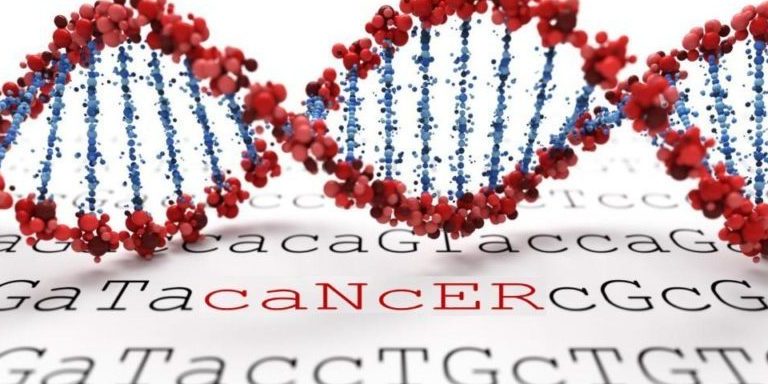How does cancer develop?
As cancer develops from multiple genetic changes, it is very complex. Among the genetic changes are the genetic variations of specific genes (oncogenes), or deletion / duplications of genes, chromosomal changes of chromosomes, alterations in gene expression, aberrant methylations, etc.
In addition, it is highly variable in genomic characteristics. All this makes each cancer different from each other. The cancer genome is unstable and changes continuously and evolves in response to the environment and therapy. The best clone (tumor cell) of cancer is selected for its survival (evolution based on interaction with the environment) finally and ends up winning against the therapy. This is the reason why it is so difficult to treat cancer. Metastatic cancer is usually composed of tumor cells with a greater number of genetic variations and therefore more difficult to treat than early cancer. Therefore, it is best to detect cancer at its early stage.
The above are the reasons why cancer is so difficult to detect and cure. It is impossible to cure all types of cancer using any single treatment modality. Therefore, the cancer diagnosis method is evolving rapidly, which is why this test is capable of detecting multiple anomalies (cellular, biochemical, genetic and expression).
Cancer cells have a different set of characteristics than normal cells:
- It continuously proliferates (continues to grow) and autonomously and without external growth stimulating signal despite the signal inhibiting external growth.
- They are immortal (apoptosis), they do not die.
- They create their own blood vessels (angiogenesis).
- Invades and scatters other distant organs (metastasis).
- It adapts and creates resistance against the immune system and treatments such as chemotherapy, radiotherapy, targeted drugs (high mutation rate)
- It consists of multiple clones. It evolves over time and selects the best clone for survival (regulation and complex cellular activity).
- The microenvironment of a tumor: characterized by having its own blood vessels, consumes many cellular nutrients, is composed of different types of cells with metabolisms and functions defined to protect and proliferate the tumor.

